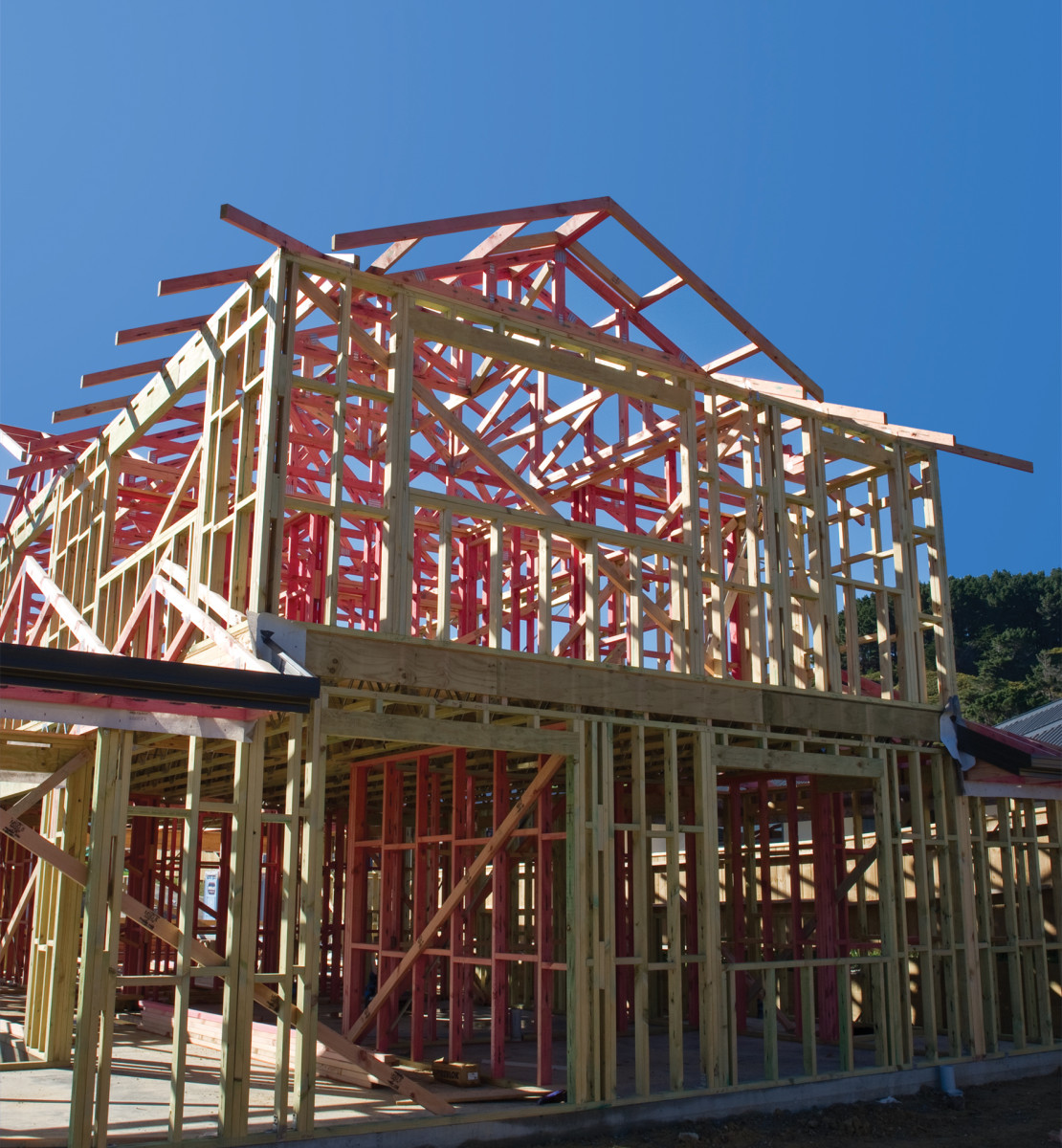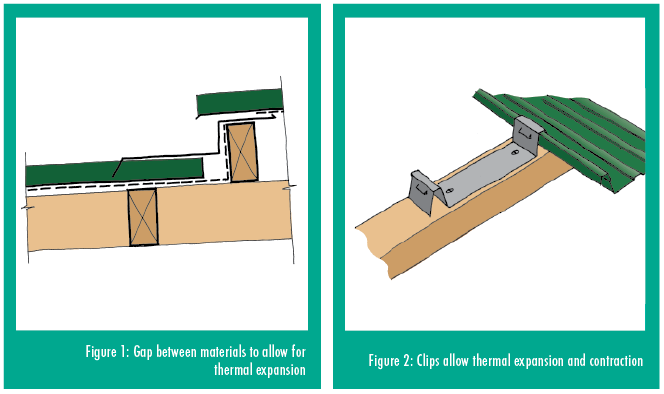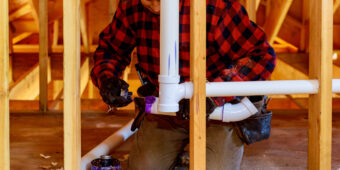A whole new meaning to ‘moving house’
07 Jul 2015, Prove Your Know How, Technical

Almost all building materials move of their own accord. Design and construction must allow for this, or it can affect material durability and even weather-tightness. Here are some points to consider
There are four main types of movement:
- Moisture movement, when a material absorbs and releases moisture.
- Thermal movement, from temperature changes over the day and year.
- Permanent shrinkage, from materials curing or drying.
- Settlement, creep, flexing and deflection.
Moisture movement
Materials that absorb and release moisture (such as timber, concrete, cement plaster, mortars and concrete masonry) move as surrounding moisture levels change. Materials can shrink and expand repeatedly, except for wood fibreboard, which swells when wet, but won’t return to its original dimensions on drying.
How much movement occurs depends on the material, the degree to which environmental conditions change and how the material is finished, installed or protected.
Thermal movement
All materials expand when heated and contract when cooled, some more than others. Materials that have significant thermal movement (listed in decreasing severity) include:
- Metals: lead, zinc, aluminium, brass, austenitic stainless steel, copper, mild steel, ferritic stainless steel, cast iron – this is why E2/AS1 limits the lengths of some flashings.
- Plastics: polyethylene, polypropylene, polycarbonate, acrylic, PVC, GRP. Thermal movement is relatively small for most other materials.
The amount of movement is influenced by:
- Daily and annual temperature ranges – a material’s surface temperature will typically be more (or less) than the air temperature.
- Location – north and west-facing materials get hotter and move more than those facing south.
- Amount of shading.
- Material colour – darker colours get hotter so will expand more.
- Length – the longer the element, the greater the expansion and contraction that must be accommodated.
Permanent shrinkage
Shrinkage from curing is permanent. Materials that demonstrate this include:
- Concrete.
- Concrete masonry.
- Cement plaster, such as stucco.
- Cement mortars.
- Adhesives.
- Timber as it dries down from its fibre saturation point.
Initial drying of timber is as a result of water being lost from within the cells. Once water starts being lost from the cell walls (the fibre saturation point is around 30% moisture content for most timbers), shrinkage will occur.
Settlement, creep, flexing and deflection
These types of movement occur from:
- Applied loads, such as live load deflection or vibration.
- Creep, where the material moves under applied loads but does not recover.
- Earthquakes or settlement, which may result in permanent damage.
Movement can be minimised by ensuring:
- Spans of bearers, beams, lintels, floor joists, rafters and wall studs are within appropriate limits.
- Live and dead loads and spans are within design limits.
- Buildings are well-founded on good ground – potential liquefaction has been designed for and fill has been properly compacted.
- Expansive clays are identified and foundations designed appropriately.
- The design is appropriate for wind and earthquake loadings.
Reducing movement
Thermal movement can be reduced by:
- Providing shading to reduce solar heating.
- Finishing with a light colour.
- Not insulating immediately behind the materials.
- Limiting length.
Moisture movement can be reduced by:
- Coating the material and maintaining the coating.
- Protecting the material from wetting.
- Using non-absorbent material.
Accommodating movement
Typical strategies used to accommodate movement include:
- Using expansion joints.
- Over-drilling fixing holes.
- Using slotted fixing holes.
- Providing clearances or gaps between elements/materials (figure 1).
- Using sliding clips (figure 2).
- Overlapping materials to create a sliding joint.
- Using single fixing for materials such as timber weatherboards.
- Using properly designed sealant joints and using the right sealant for the materials and expected amount of movement.
Register to earn LBP Points Sign in




